Flight log
Flights 66 and 67: Maintenance and Continuous Improvement
In Flight 66, I focused on refining my landings and practicing forced landings, steep turns, and radio communications in the western training area. Flight 67 was all about re-familiarizing myself with the Cessna 172 and tackling challenging crosswind landings, preparing for the longer cross-country flights required for my PPL.

It's September 2024, and it's been about a month since I completed my RPL (Recreational Pilot License) examination, which you can read all about in my previous post on Flight 65.
Since then, I've managed to squeeze in two more training flights despite a busy work schedule and some less-than-ideal weather. In this post, I'll be reviewing Flights #66 and #67, focusing on the skills I practiced and the challenges I faced.
Flight #66: Post-RPL Practice
Two weeks after my RPL exam, I took to the skies again for Flight #66. This flight was all about easing back into the routine and honing some essential skills, particularly my landings. Since I hadn't yet received my license, I flew with an instructor.
I flew one of the school's Cessna 150, the same aircraft I used for most of my RPL training and the exam itself. This familiarity helped me focus more on the maneuvers and less on the aircraft's handling characteristics.
Location and Activities
- Forced Landings: Practiced a couple of forced landings to ensure I could handle emergency situations.
- Steep Turns: Executed several steep turns to maintain proficiency.
- Radio Calls: Practiced radio communications for departing, inbound, and joining the circuit.
- Circuit Work: Spent considerable time in the circuit to focus on improving my landings.
Focus on Landings
One of my main goals for this flight was to refine my landings. Historically, my landings have been fairly flat, touching down on all three wheels. Since switching flight schools, I've been working on making smoother landings on the main wheels. This flight provided a great opportunity to practice and improve.
Flight #67: Transition to the Cessna 172 and Crosswind Landings
Flight #67, which took place just yesterday, presented two significant challenges: transitioning back to the Cessna 172 and practicing crosswind landings.
Having started my RPL training in a Cessna 172, I switched to the 150 for its easier handling. Now, as I transition to the PPL (Private Pilot License) curriculum, I'll be flying longer distances, making the 172 a more suitable choice due to its speed, endurance, and comfort. This flight served as a re-familiarization with the 172 after several months.
Crosswind Landings
Location and Activities
- Steep Turns and Stalls: Practiced steep turns and stalls in various configurations, including landing configuration with 20-degree flaps and clean configuration with no flaps.
- Radio Awareness: The airspace was extremely busy, requiring constant attention to radio communications and situational awareness.
- Circuit Work: Returned to the aerodrome and joined a very busy circuit to practice crosswind landings.
Crosswind Landing Practice
The first landing was quite challenging due to a sudden gust of wind, resulting in an unstable approach and a go-around. For the remaining touch-and-goes, I opted for a clean configuration (no flaps), which provided better control and stability. While not perfect, the subsequent landings were much safer and more controlled.
Moving Forward
With these two flights under my belt, I'm now preparing to dive into the PPL program. I'll be taking a break for travel over the next six to seven weeks, but during this time, I'll focus on the theory part of the PPL syllabus to prepare for the written exam. My goal is to pass the theory exam before resuming flight training in late November or early December.
Stay tuned for more updates on my journey, including a detailed post about the study materials and mock exams I'll be using for the PPL theory. Until then, safe flying and safe landings!
Don't miss the next flight log
Leave your email address by clicking on the button below, and I'll let you know as soon as I publish my next flight log. No spam, ever.